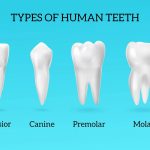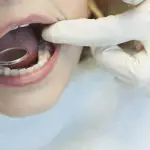How to Remove White Spots on Teeth with Simple Home Remedies
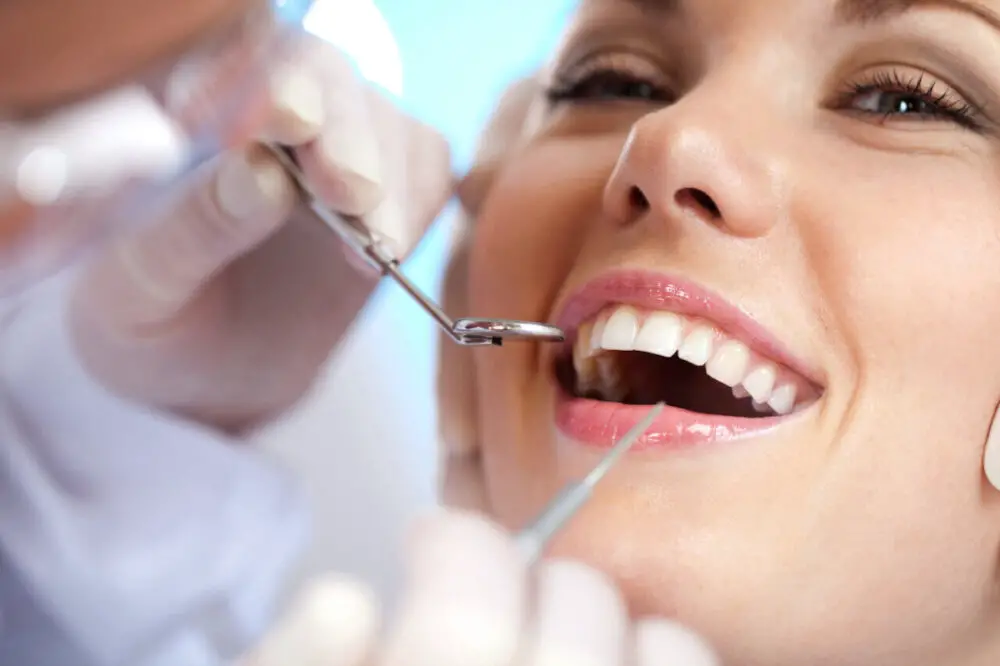
White spots on teeth can be a frustrating and embarrassing dental issue. These spots can occur due to a variety of reasons such as poor oral hygiene, excessive fluoride intake, or even genetic predisposition. While there are many professional treatments available to remove these spots, they can be quite expensive and not everyone can afford them. Fortunately, there are several simple home remedies that can help you get rid of those unsightly white spots on your teeth. From oil pulling to baking soda, there are many natural and effective remedies that can help to remove white spots on teeth. These home remedies are not only inexpensive but also easy to use and can be done in the comfort of your own home. In this article, we will explore some of the most popular and effective home remedies for removing white spots on teeth. Whether you are looking to improve your smile or just want to get rid of those pesky white spots, these remedies can help you achieve the results you desire.
White spots on teeth are areas of the enamel that have become demineralized, often caused by a buildup of plaque or exposure to acidic substances. This can result in a chalky or opaque appearance and can be a sign of early tooth decay. While these spots are not always harmful, they can be unsightly and cause embarrassment. Fortunately, there are several simple home remedies that can help remove white spots on teeth and restore a brighter, healthier smile. From oil pulling to remineralizing toothpaste, these natural remedies can help strengthen enamel and improve overall oral health.
White spots on teeth can be caused by a variety of factors such as poor dental hygiene, excess intake of acidic foods and drinks, and mineral deficiencies. Inadequate brushing and flossing can lead to the accumulation of plaque and bacteria on the teeth, resulting in the formation of white spots. Acidic foods and beverages like citrus fruits and soda can erode the enamel on teeth, causing discoloration. Additionally, a lack of essential minerals like calcium and phosphate can weaken the enamel, leading to the formation of white spots. In some cases, white spots can also be a result of genetics or a side effect of certain medications or medical treatments. Understanding the underlying cause of white spots is crucial to effectively treat and prevent them.
White spots on teeth can ruin the appearance of an otherwise healthy smile, and can also be an indication of underlying dental problems. These spots can be caused by a variety of factors, including poor oral hygiene, excessive fluoride intake, or the early stages of tooth decay. It is important to remove these white spots as they can progress into more serious dental issues if left untreated. Additionally, removing these spots can improve the aesthetic appearance of teeth and boost confidence in one’s smile. Simple home remedies, such as oil pulling and using baking soda, can be effective in removing these spots and promoting overall oral health.
Oil Pulling
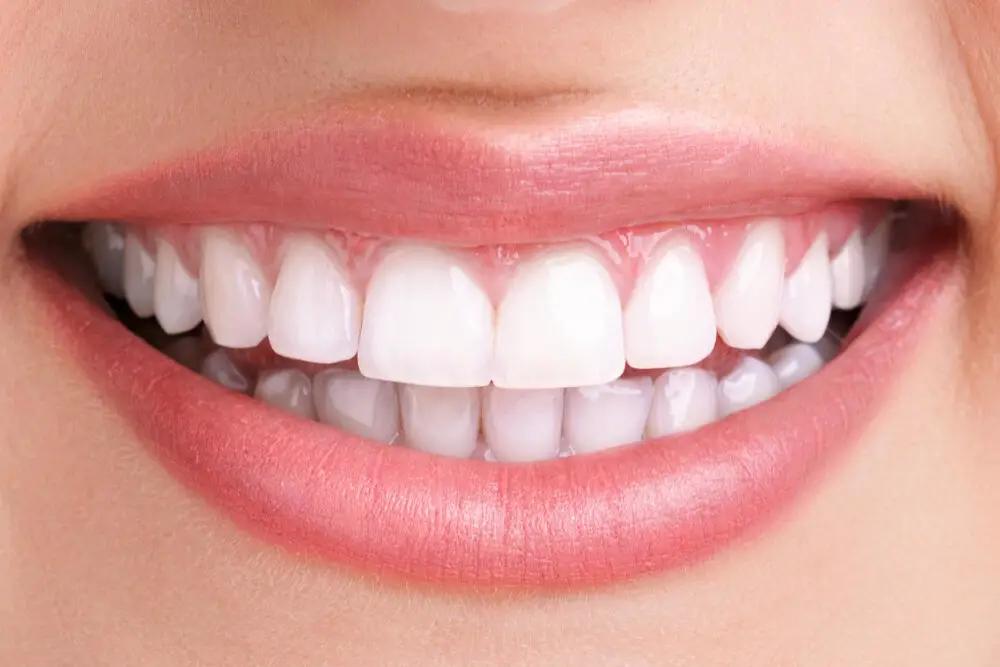
Oil pulling is an ancient Ayurvedic practice that involves swishing oil in your mouth to promote oral hygiene. Many people believe that oil pulling can help remove white spots on teeth. The process involves taking a tablespoon of oil, such as coconut or sesame oil, and swishing it around in your mouth for 15-20 minutes before spitting it out. The oil is said to pull toxins and bacteria from the mouth, leading to a healthier oral environment and potentially whiter teeth. While there is limited scientific evidence to support the effectiveness of oil pulling for teeth whitening, many people swear by this practice. However, it’s important to note that oil pulling should not replace regular brushing and flossing. It’s also important to use high-quality oil and to spit the oil out in the trash rather than the sink to avoid clogging pipes. Overall, oil pulling can be a useful addition to your oral hygiene routine, but it’s important to do your research and to talk to your dentist before trying any new dental practices.
Oil pulling is an ancient Ayurvedic practice that involves swishing oil in the mouth for a few minutes to improve oral health. The most commonly used oils for oil pulling are coconut oil, sesame oil, or sunflower oil. The process involves taking a tablespoon of oil and swishing it around the mouth for 15-20 minutes, ensuring that it reaches every part of the mouth. The oil is believed to pull out toxins and bacteria from the mouth, which can help improve oral hygiene and reduce the risk of tooth decay. Some proponents of oil pulling also claim that it can help whiten teeth by removing stains and plaque buildup. While there is limited scientific evidence to support these claims, many people swear by this ancient practice as a natural and effective way to improve oral health.
Oil pulling is a traditional Ayurvedic practice that involves swishing oil in your mouth for 20 minutes to remove harmful bacteria and improve oral health. Coconut oil is often the preferred oil for this practice, as it has anti-inflammatory and antimicrobial properties. The benefits of oil pulling for oral health include reducing bad breath, improving gum health, and removing harmful bacteria that can cause tooth decay and white spots on teeth. Oil pulling can also help to whiten teeth by removing surface stains. Incorporating this simple home remedy into your daily oral hygiene routine can provide numerous benefits for your overall oral health.
Oil pulling is a natural home remedy that has been used for centuries to improve oral health and remove white spots on teeth. To perform oil pulling, start by choosing a high-quality oil such as coconut or sesame oil. Take one tablespoon of oil and swish it around in your mouth for 15-20 minutes before spitting it out into a trash can (not the sink, as the oil can solidify and clog pipes). Repeat this process daily for several weeks to see results. Some tips to enhance the experience include adding a drop of essential oil for flavor, swishing gently to avoid jaw fatigue, and brushing your teeth afterwards for optimal oral hygiene. With consistent use, oil pulling can be a safe and effective way to remove white spots on teeth and improve overall oral health.
Oil pulling is a natural remedy that has been used for centuries to improve oral hygiene, but there are some precautions that need to be taken when practicing it. Firstly, make sure to use only high-quality organic oil such as coconut oil or sesame oil. Avoid swallowing the oil and spit it out after swishing it in your mouth for 15-20 minutes. Do not gargle aggressively and brush your teeth thoroughly after oil pulling to remove any remaining oil. Oil pulling should not be used as a substitute for regular brushing and flossing, and if you experience any adverse reactions, discontinue use immediately. With these precautions in mind, oil pulling can be a safe and effective way to remove white spots on teeth.
Baking Soda

Baking soda, also known as sodium bicarbonate, is a versatile household item that can be used for various purposes, including oral hygiene. It has natural whitening properties that make it an effective remedy for removing white spots on teeth. Baking soda works by altering the pH levels in the mouth, creating an alkaline environment that prevents the growth of bacteria and plaque. Its mild abrasive nature also helps to remove surface stains and plaque buildup on the teeth, leaving them looking brighter and healthier. To use baking soda for removing white spots on teeth, you can mix a small amount of it with water to form a paste. Gently brush your teeth with the paste for two minutes, ensuring that all areas of the teeth are covered. Rinse your mouth thoroughly with water and repeat the process once every other day until you see a noticeable improvement in the appearance of your teeth. However, it is essential to note that baking soda should not be used excessively as it can erode the enamel on your teeth, causing sensitivity and other oral health problems.
Baking soda, also known as sodium bicarbonate, is a natural and effective way to remove white spots on teeth. These spots usually occur due to the buildup of plaque or mineral deposits on the enamel surface. Baking soda has abrasive properties that can help to gently scrub away the buildup and restore the natural whiteness of the teeth. Additionally, it has alkaline properties that can neutralize the acidic environment in the mouth, which can contribute to the formation of white spots. To use baking soda for this purpose, simply mix a small amount with water to create a paste, and then brush your teeth with the mixture for a few minutes. It is important to note, however, that excessive use of baking soda can be harmful to the enamel, so it should only be used in moderation.
Baking soda is a versatile ingredient that can be used in various ways to remove white spots on your teeth. To use baking soda to remove white spots, first, you need to mix it with a small amount of water to make a paste. Then, apply the paste onto your teeth and leave it on for a few minutes before rinsing it off with water. Baking soda works by gently exfoliating the surface of your teeth and removing any surface stains that may have caused the white spots. However, it’s important to note that excessive use of baking soda can damage your tooth enamel, so it’s best to use it sparingly and only as directed.
Before using baking soda as a teeth whitening remedy, it is important to take some precautions to avoid any damage to your teeth and gums. Firstly, you should not use baking soda too frequently or in excessive amounts as it can erode tooth enamel and cause sensitivity. Secondly, do not use baking soda if you have braces, as it can cause damage to the brackets and wires. Thirdly, always mix baking soda with water or a toothpaste to create a paste, as using it in its dry form can be abrasive and harmful to your teeth. Lastly, if you experience any discomfort or irritation while using baking soda, stop using it immediately and consult your dentist.
Apple Cider Vinegar

Apple cider vinegar is a natural and effective home remedy that can help remove white spots on teeth. It contains acetic acid, which has been shown to have antibacterial properties and can help kill the bacteria that cause white spots. Additionally, apple cider vinegar can help remove stains from teeth, which can also contribute to the appearance of white spots. To use apple cider vinegar as a remedy for white spots, simply mix one tablespoon of apple cider vinegar with a cup of water and swish the solution around in your mouth for a few minutes. Be sure to rinse your mouth thoroughly with water afterward to prevent any lingering acid from damaging your teeth. While apple cider vinegar can be an effective remedy for white spots on teeth, it is important to use it with caution. The acid in apple cider vinegar can erode tooth enamel if used too frequently or in too high a concentration. Therefore, it is recommended to limit its use to once or twice a week and to always dilute it with water before use. Additionally, it is important to brush your teeth and floss regularly to prevent the buildup of plaque and bacteria, which can contribute to the development of white spots. By incorporating these simple home remedies into your dental care routine, you can help remove white spots on teeth and maintain a healthy, bright smile.
Apple cider vinegar is a natural, acidic substance that can help remove white spots on teeth. The acid in the vinegar helps to dissolve the buildup of minerals that can cause these spots, restoring the natural color and brightness of the enamel. To use apple cider vinegar for this purpose, it should be diluted with water in a 1:2 ratio. Swish the mixture around in your mouth for 1-2 minutes, then spit it out and rinse your mouth thoroughly with water. It’s important to note that overuse of apple cider vinegar can cause damage to the enamel, so it should only be used sparingly and in moderation.
Apple cider vinegar is a versatile natural ingredient that can be used to remove white spots on teeth. To use apple cider vinegar for this purpose, you will need to dilute it with equal parts of water. Once you have diluted the vinegar, swish it around your mouth for a few seconds and then spit it out. You can repeat this process daily until you notice an improvement in the appearance of your teeth. Apple cider vinegar is effective in removing white spots because it contains acetic acid, which helps to break down the minerals that cause the spots. However, it’s important to use this remedy with caution as the acidity of the vinegar can also erode the enamel on your teeth if used excessively.
While apple cider vinegar is a popular home remedy for teeth whitening, it is important to take proper precautions to protect your teeth and gums. First, it is recommended to dilute the vinegar with water to reduce its acidity and avoid damaging the tooth enamel. Additionally, it is not recommended to use apple cider vinegar on a daily basis, as it can cause sensitivity and erosion of the tooth enamel over time. It is also important to rinse your mouth thoroughly with water after using apple cider vinegar to remove any residue and prevent prolonged exposure to your teeth. Finally, individuals with sensitive teeth or existing dental conditions should consult with their dentist before using apple cider vinegar as a teeth whitening treatment.
Diet and Lifestyle Changes
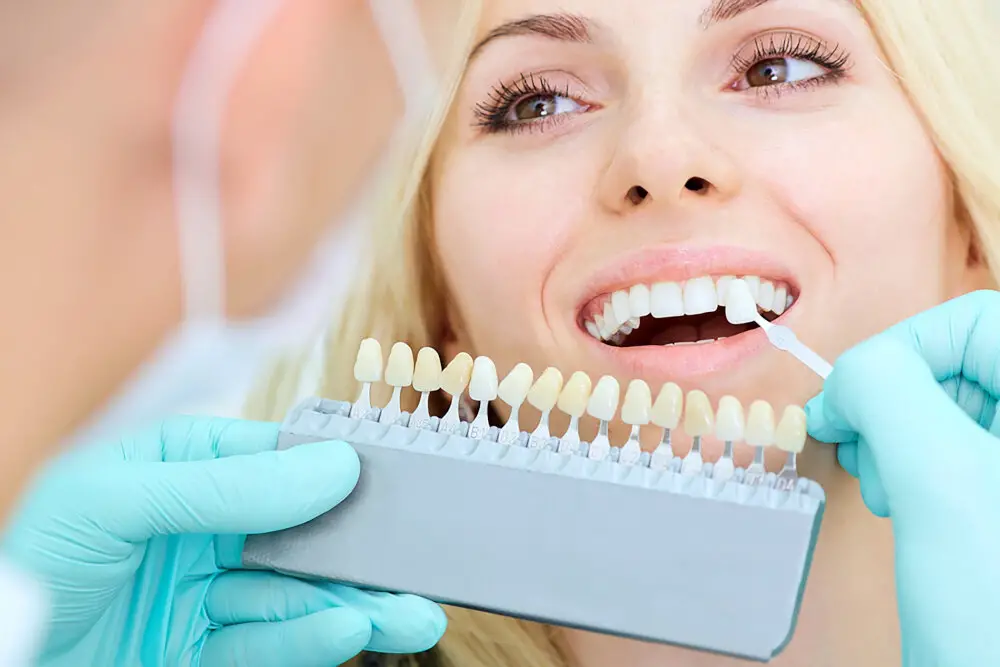
When it comes to removing white spots on teeth, diet and lifestyle changes are crucial. The foods we eat and our daily habits can have a significant impact on the appearance and health of our teeth. One of the primary causes of white spots is the buildup of plaque and bacteria on the teeth, which can be exacerbated by a poor diet and lack of oral hygiene. To combat this, it is important to incorporate more fruits and vegetables into your diet, as well as foods high in calcium and vitamin D. These nutrients can help strengthen teeth and prevent the buildup of harmful bacteria. Additionally, it is important to avoid sugary and acidic foods and beverages, which can erode the enamel and lead to white spots. In addition to dietary changes, there are several lifestyle habits that can help remove white spots on teeth. Regular brushing and flossing are essential for maintaining good oral hygiene and preventing the buildup of plaque and bacteria. It is also important to visit your dentist regularly for cleanings and check-ups. Other habits, such as smoking and excessive alcohol consumption, can also contribute to the development of white spots and should be avoided. By making these simple diet and lifestyle changes, you can improve the health and appearance of your teeth and remove white spots naturally.
Diet and lifestyle changes can play a crucial role in preventing white spots on teeth. First and foremost, it’s essential to maintain good oral hygiene by brushing twice a day, flossing, and using mouthwash. Avoiding sugary and acidic foods and beverages can also help prevent white spots from forming. Eating a balanced diet rich in calcium, vitamin D, and phosphorus can strengthen teeth and prevent mineral loss that can lead to white spots. Additionally, quitting smoking and limiting alcohol consumption can improve overall oral health and prevent white spots from forming. By adopting these simple lifestyle changes, individuals can reduce their risk of developing white spots and maintain a healthy, bright smile.
Maintaining good oral hygiene is essential for healthy teeth and gums. While brushing and flossing regularly can help keep teeth clean, the foods we eat can also play a role in oral health. Some foods can be harmful to teeth and contribute to the development of white spots, cavities, and other dental problems. Sugary and acidic foods, such as candy, soda, and citrus fruits, should be avoided or consumed in moderation. Sticky and chewy foods, like caramel and gummies, can also stick to teeth and cause damage. Additionally, starchy foods, such as bread and chips, can break down into sugars that can lead to tooth decay. By limiting these foods in your diet and following a healthy oral care routine, you can reduce your risk of developing white spots and other dental issues.
Maintaining good oral health is crucial, and incorporating certain foods into your diet can help keep your teeth and gums healthy. Foods rich in calcium and phosphorus, such as dairy products, leafy greens, nuts, and fish, can help strengthen tooth enamel and prevent decay. Crunchy fruits and vegetables like apples, carrots, and celery can help scrub away plaque and debris and stimulate the production of saliva, which neutralizes harmful acids in the mouth. Additionally, foods high in vitamin C, such as citrus fruits and berries, can help prevent gum disease and promote healing of gum tissue. By including these foods in your diet, you can help protect your oral health and maintain a bright, healthy smile.
Apart from home remedies, there are other lifestyle changes you can make to improve your oral health and prevent white spots on teeth. One of the most important things you can do is to maintain a healthy diet. Consuming foods high in sugar and acidic beverages can erode the enamel on your teeth and cause white spots. Therefore, it is important to limit your intake of sugary and acidic foods and drinks. Additionally, practicing good oral hygiene habits such as brushing twice a day, flossing daily, and using mouthwash can also prevent white spots and other dental problems. Finally, visiting your dentist regularly for check-ups and cleanings can help detect any issues early on and prevent further damage to your teeth.
White spots on teeth can be unsightly and affect the overall appearance of your smile. These spots can be caused by a variety of factors, such as mineral loss in the tooth enamel, poor dental hygiene, or excessive consumption of acidic or sugary foods and drinks. It’s important to remove white spots on teeth as soon as possible, not only for cosmetic reasons but also to prevent further damage to the tooth enamel. Leaving white spots untreated can lead to tooth decay, cavities, and even tooth loss. Fortunately, there are simple home remedies that can effectively remove white spots on teeth and restore your pearly whites to their natural shine.
The article \How to Remove White Spots on Teeth with Simple Home Remedies\ provides a variety of effective and natural ways to eliminate white spots on teeth. The remedies discussed include brushing with baking soda and hydrogen peroxide, oil pulling with coconut oil, applying apple cider vinegar, massaging with a mixture of salt and lemon juice, and using a remineralizing toothpaste. The article emphasizes the importance of maintaining oral hygiene and avoiding sugary and acidic foods to prevent the formation of white spots in the first place. These simple and easy-to-follow remedies are a great alternative to expensive dental procedures and can help restore the natural color and shine of your teeth.
If you’re looking for a natural and affordable way to remove white spots on your teeth, these home remedies are worth trying. Not only are they easy to make with ingredients you likely already have in your kitchen, but they can also improve your overall oral health. By regularly using these remedies, you can reduce the appearance of white spots and strengthen your tooth enamel. Plus, taking a more natural approach to oral care can be gentler on your teeth and gums than harsh chemical treatments. Give these remedies a chance and see the difference they can make in your smile!
Conclusion
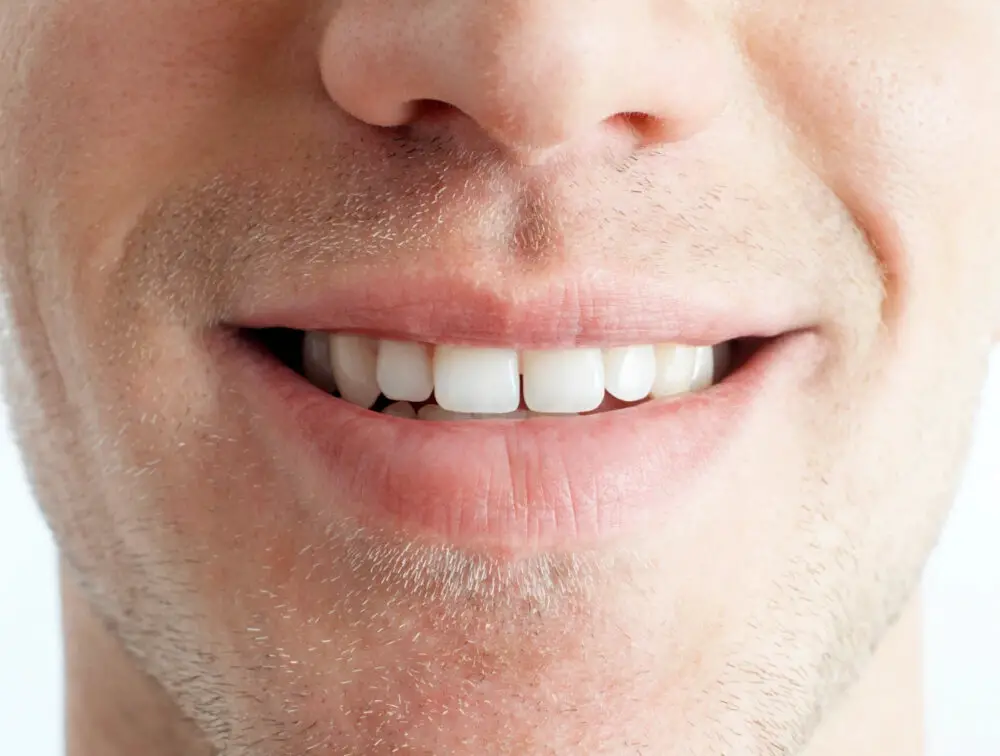
In conclusion, white spots on teeth can be a cosmetic concern for many individuals, but thankfully there are simple and effective home remedies to help remove them. From maintaining good oral hygiene and dietary habits to using natural remedies such as baking soda, apple cider vinegar, and coconut oil, there are various ways to restore the natural whiteness of your teeth. However, it is essential to seek professional advice from a dentist if the white spots persist or worsen, as they could be a sign of underlying dental issues. By incorporating these home remedies and seeking proper dental care, you can achieve a brighter and healthier smile.





